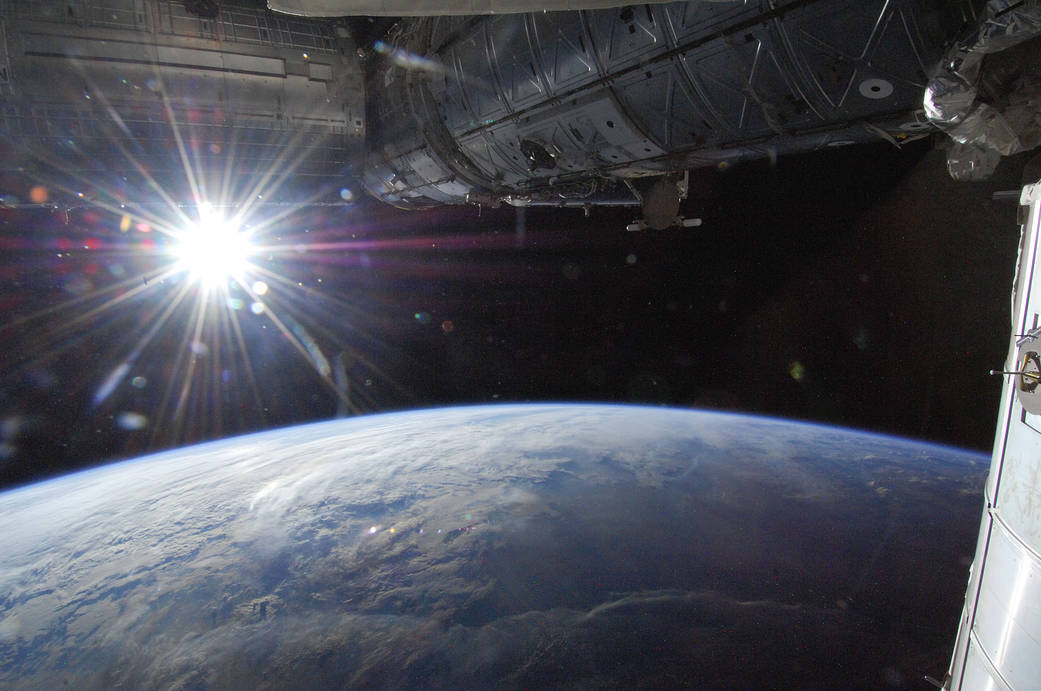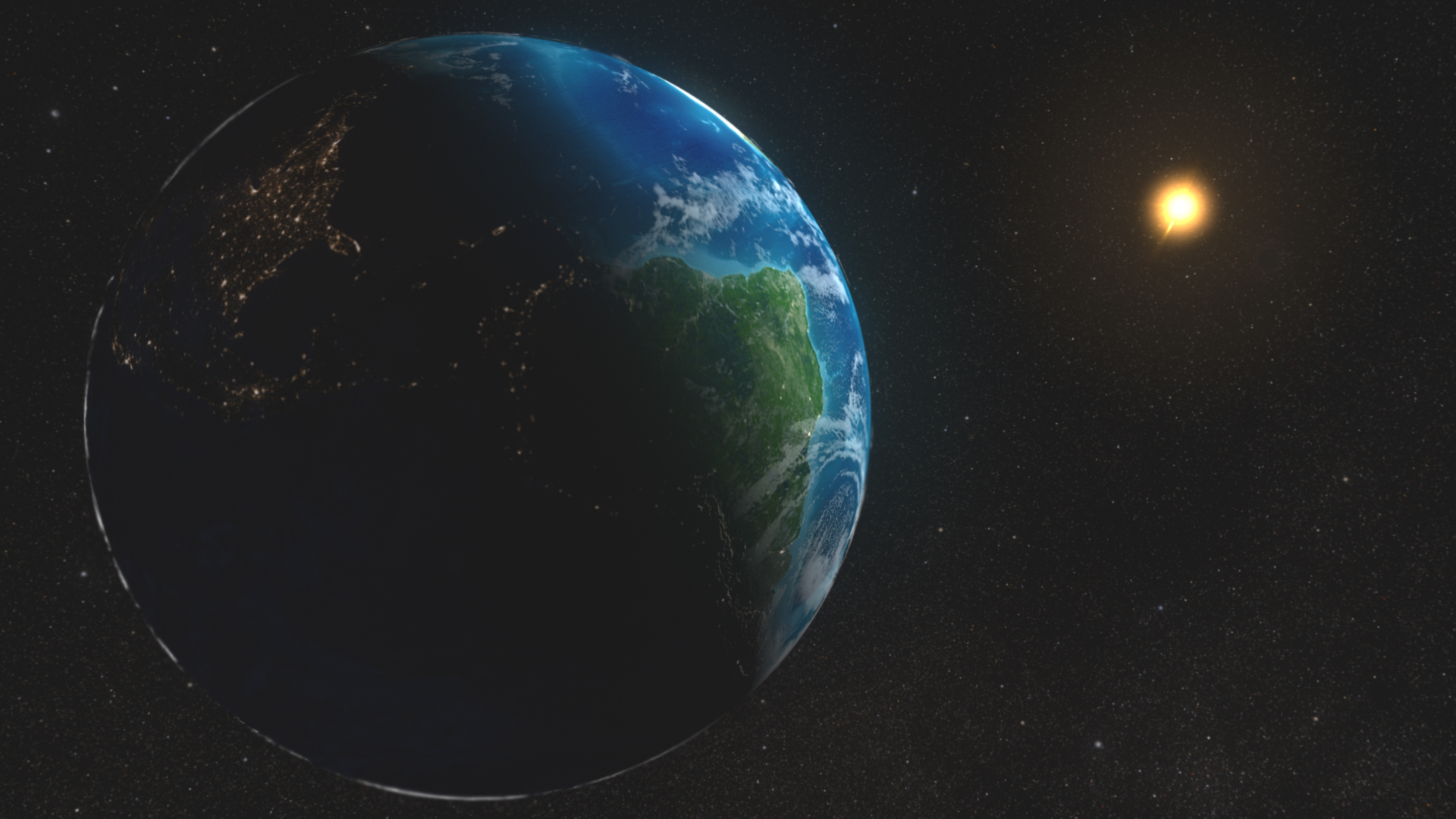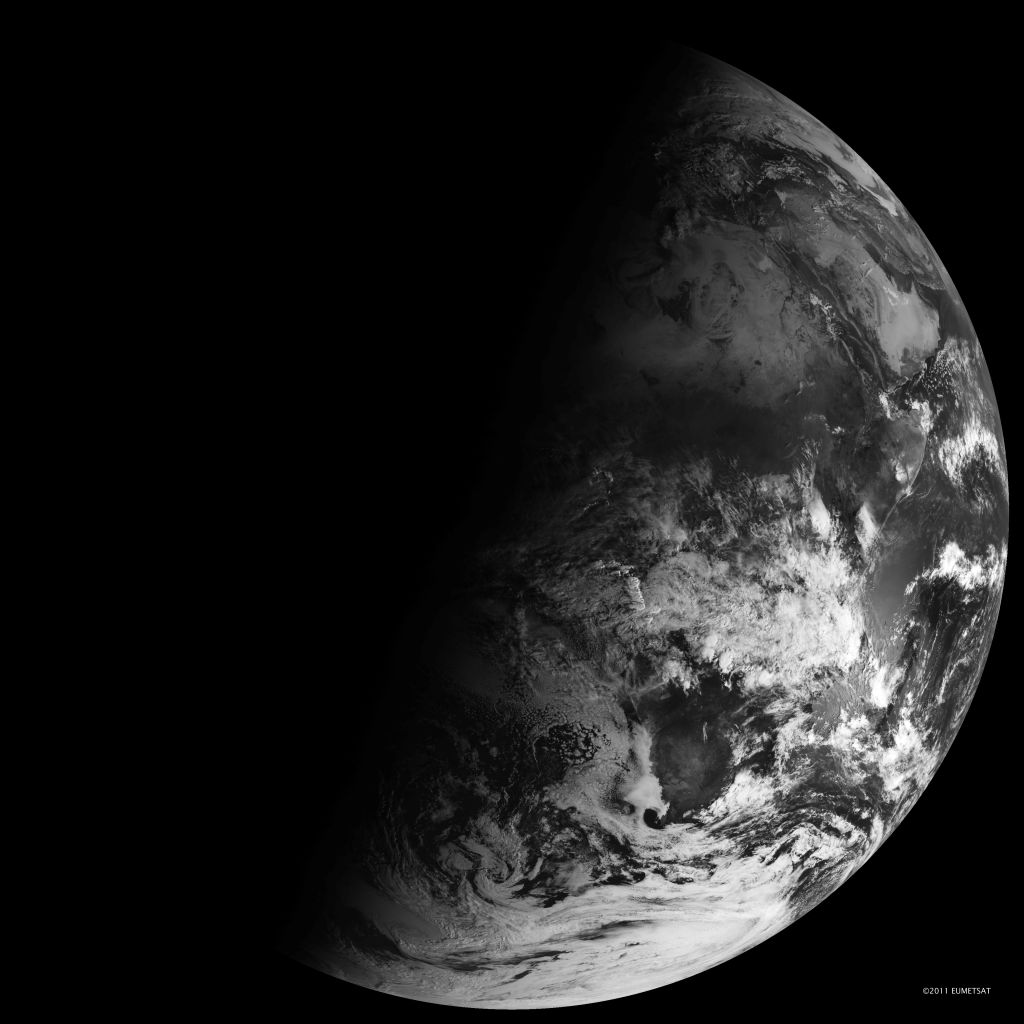Happy Perihelion Day 2020! Earth Is Closest to the Sun Today
Keep in mind that Earth's tilted axis creates the seasons, not its distance from the sun.

Planet Earth is having its annual close encounter of the stellar kind this weekend.
There's nothing unusual about the planet being a little closer to the sun; it's a normal occurrence that happens near the start of the calendar year. Earth travels in an elliptical orbit, so its distance from the sun changes throughout its 365.25 day journey. (Side note: the quarter days are what prompt a leap year every four years.)
Earth reaches perihelion — the term for its closest approach to the sun — on Sunday (Jan. 5) at 2:48 a.m. EST (0748 GMT), according to EarthSky.org. For those living on the U.S. West Coast, the moment occurs on Jan. 4 at 11:48 p.m. PST. Half a year later, on July 4, Earth will reach aphelion — its most distant point from the sun.
Related: The 100 Best Space Photos of 2019

At the time of perihelion, Earth is about 91,398,199 miles (147,091,144 kilometers) away from the sun. On average, Earth's distance from the sun is 92,955,807 miles (149,597,870 km). When our planet reaches aphelion in July, it will be 94,507,635 miles (152,095,295 km) away.
Earth doesn't feel warmer for the Northern Hemisphere when perihelion occurs. That's because the ellipse in which our planet orbits is not extreme, but almost circular. The cause of seasonal changes is the tilt in the planet's axis. Perihelion and aphelion don't cause the seasons, but they do affect the length of the seasons.
This is something like what Earth experiences during this time of year. The planet's close approach to the sun causes it to travel slightly faster. The faster trip means a short duration for winter in the Northern Hemisphere and summer in the Southern Hemisphere, according to EarthSky.org. Thus, winters in the Northern Hemisphere are about five days shorter than the summer, and summers in the Southern Hemisphere are five days shorter than winter.
Get the Space.com Newsletter
Breaking space news, the latest updates on rocket launches, skywatching events and more!

But again, the seasons are controlled by Earth's tilted axis, not its distance from the sun.
"The sun is the big controller of the radiation that the Earth receives," Walter Petersen, a research physical scientist in the Earth science branch at NASA's Marshall Space Flight Center, told Space.com in 2018. "But even when you take into account that difference in distance between aphelion and perihelion, there's only about a 7 percent difference in average global [solar energy] that we receive. And so it doesn't amount to a great deal in terms of weather."
- Google Doodle Celebrates Last Winter Solstice of the Decade
- The 2020 Quadrantid Meteor Shower Peaks Soon. Here's What to Expect.
- Best Night Sky Events of January 2020 (Stargazing Maps)
Follow Doris Elin Urrutia on Twitter @salazar_elin. Follow us on Twitter @Spacedotcom and on Facebook.

Join our Space Forums to keep talking space on the latest missions, night sky and more! And if you have a news tip, correction or comment, let us know at: community@space.com.

Doris is a science journalist and Space.com contributor. She received a B.A. in Sociology and Communications at Fordham University in New York City. Her first work was published in collaboration with London Mining Network, where her love of science writing was born. Her passion for astronomy started as a kid when she helped her sister build a model solar system in the Bronx. She got her first shot at astronomy writing as a Space.com editorial intern and continues to write about all things cosmic for the website. Doris has also written about microscopic plant life for Scientific American’s website and about whale calls for their print magazine. She has also written about ancient humans for Inverse, with stories ranging from how to recreate Pompeii’s cuisine to how to map the Polynesian expansion through genomics. She currently shares her home with two rabbits. Follow her on twitter at @salazar_elin.
-
rod ReplyAdmin said:Earth is about to have a close encounter of the stellar kind.
Happy Perihelion Day 2020! Earth Is Closest to the Sun Today : Read more
Interesting images presented in the report. Today is Perihelion Day and last year, July 4th, 2019 was Aphelion Day. On Aphelion Day last year, the Sun was in Gemini, today it is in Sagittarius.
Q: What happened to the Sun's angular size between aphelion day in 2019 and the size measurement today?
Q: What does this change in angular size of the Sun demonstrate?









